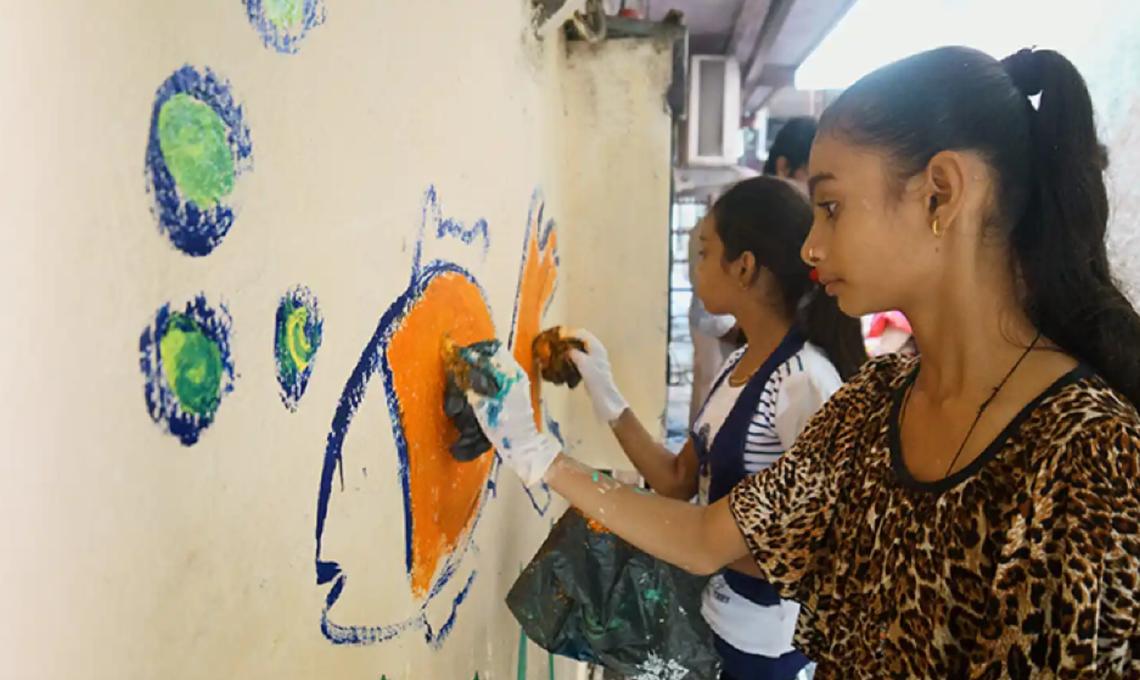LIVE theatre has been a form of communication since ancient Greece and was a part of everything from festivals, religious rituals, academia, athletics and poetry to everyday activities, including politics, law, music, weddings and funerals.
Over the millennia, theatre developed and focuses shifted, depending on the culture and time. In the last few decades, a reimagining of the ancient art form from the more recent classical, Western traditions has taken root.
Brazilian Nobel Peace Prize nominee, Augusto Boal, used theatre and acting as a vehicle for grassroots activism in his legendary creation of Theatre of the Oppressed (TO). TO, which led to the disruption of traditional Brazilian theatre, resulted from Boal’s work with peasant and worker populations in Latin America.
“The purpose of Theatre of the Oppressed is to rehumanise humanity.” – Augusto Boal
He began by promoting local playwrights who showed the real living conditions and struggles of Brazil’s working class, broke from bourgeois aesthetics to endorse realism, and elevated black actors as well as actors with heavy accents from rural origins on stage.
Customarily audiences were invited to discuss a play at the end of a performance; however, Boal shifted the audience’s established role as “reactors” to “spect-actors”. This allowed them to participate interactively by stopping a performance to suggest different actions for the actor experiencing oppression and allowing them to come onstage to demonstrate their ideas.
Boal discovered that this participation empowered audience members to take the change from imagined to practice, collectively reflecting on the suggestion, and, in turn, generating social action. According to Boal TO invites critical thinking.
“It is about analysing rather than accepting, questioning rather than giving answers. It is also about taking action – ‘acting’ rather than just talking.”
People from different backgrounds and interests, such as social and political activists, mediators, community organisers, therapists, government legislators, teachers, social workers and cultural animators, now use his ground-breaking techniques. Centres for similar Theatres of the Oppressed are found globally, from the Americas to Africa to Eurasia.
Using theatre for social change in India
India has its share of societal issues, which is why the concept of TO has taken off over the last few decades across the country.
Jana Sanskriti Centre was the first proponent of TO in India and has addressed issues ranging from domestic violence, child marriage, child trafficking, child abuse, maternal and child health, primary education and healthcare, illicit liquor, and more, all through theatre. They have around 30 satellite theatre teams across 10 states and reach more than 2,00,000 spectators annually.
Budhan Theatre, based in Ahmedabad, Gujarat, has also embraced this form of experimental theatre. They strive to bring social change by raising awareness of the historical plight of 60million Indians from one of 198 “de-notified” tribes, who have faced physical, social and psychological struggles through their stigmatisation as “criminals” or “habitual offenders” because of their nomadic lifestyle. Their goal is to humanise Chharas (also known as Sansis, Kanjar, Kanjarbhat, or Adodiyas), one such de-notified tribe, and demonstrate that criminality isn’t heredity and people aren’t “born criminals”.
In a similar context, Aagaaz Theatre, in Delhi, wants to “nurture curiosity and critical thought while creating safe spaces for dialogue”. For them, this is “an attempt to weave a more equitable urban fabric [by] engaging children and young adults across social and geographical boundaries [and] relentlessly questioning ‘what is’ to probe ‘what could and should be’ to learn ways to act and perform beyond the stage”.
In addition to raising awareness about social issues, they provide inclusive spaces to teach disadvantaged children theatre arts, a study typically associated with privilege.
If you are a creative person who wants to promote social justice through theatre, you can train to be a facilitator at the Centre for Community Dialogue and Change in Bangalore, Karnataka. They promote TO in education and offer workshops and training to diverse populations and encourage documentation and research of TO work in India.
But, you don’t have to be an “actor” or “theatre type” to inspire this kind of change – India is rich in culture and customs. Think about how you could reimagine or repurpose one of your community’s traditions to raise awareness, inspire societal change or help the less fortunate. Leave your idea in the comments below to encourage others!
It doesn’t take much to bring about a change. Start small, start with one person. To explore arts and crafts NGOs in India:
–
Give’s mission is to “make giving bigger and better.” Give is the most trusted donation platform in India for fundraisers and crowdfunding campaigns. Through our technology solutions, we enable individuals and organisations to fundraise and donate to a cause, charity or NGO with trust and convenience. Give’s community of 2.7M+ individual donors and 300+ organisations supports 3,000+ verified nonprofits with 80G deduction and serves 15M+ people across India. Find a fundraiser today!

Give exists to alleviate poverty by enabling the world to give. Established in 2000, Give, together with its partners, is the largest and most trusted giving platform in India. Give enables individuals and organizations to raise and donate funds conveniently to any cause they care about, with offerings including crowdfunding, corporate giving, cause marketing, and philanthropy consulting. Give’s community of 2.6M+ donors supports 3,000+ verified nonprofits, serving 15M+ people across the country.
Discover more from
Subscribe to get the latest posts sent to your email.

